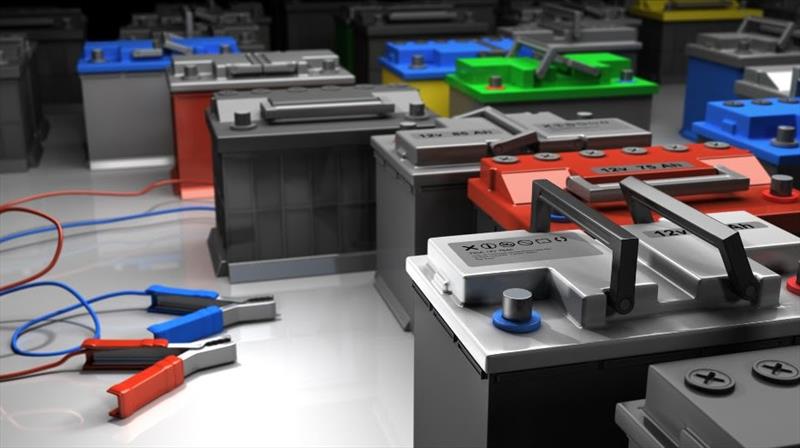
Winter battery maintenance
by Patrick Kelly / RCR Yachts 2 Nov 2023 20:01 GMT

Winter battery maintenance © Melissa Hill
During a particularly gray and rainy day back in May, I was watching a high school regatta from inside my warm, dry truck with the ignition on. The last thing I expected was an impromptu lesson in battery management.
Content, comfortable, and out of the weather while listening to the radio and occasionally running the wipers to see how the mark roundings were going, I didn't feel the need to run the engine. This all changed when the time came to load up and head for home—I had depleted the battery to the point where there were not enough amps to start the engine!
The self-sufficient sailor in me went immediately red-faced with embarrassment as I searched for a partner to help me with a jump-start (of course I had cables with me!). As I was thinking about how I could wind up in a situation like this, I considered battery age—the battery in the truck was six years old—original equipment, able to run the smaller-draw items, but no longer able to carry big starting loads afterward.
Fast forward to a much warmer summer afternoon as I was preparing to leave the dock. With the engine blower running, I noticed an unfamiliar noise—something akin to the blower struggling to run at a constant RPM. I engaged the glow plugs for a few seconds, then pressed the start button and expected to hear the diesel come to life. Nothing. Switching batteries solved the problem for the moment, but here again, battery age caught up with me (and so did flashbacks from the spring). It was another battery gasping its last breath.
Batteries, especially the wet-cell variety, are life-limited items. Eventually they will wear out and need to be replaced, which is a function of how much equipment they are powering, the environment where they are in use, and how well they are maintained. We'll discuss specific battery chemistry in a future article, but for now, let's review ways in which we can maximize the service life of our boat's batteries, especially during longer times of disuse like winter layup.
- Firstly, it's always a good idea to remove batteries from the boat, especially if the boat is stored outdoors in the ambient cold. Though well-maintained batteries can survive the cold, if you're able to remove them for storage in a relatively stable environment, this is preferable and can avoid costly, premature replacement. If this is not possible, then disconnecting the batteries will eliminate phantom loads from discharging them beyond the point of recovery.
- Next comes the equipment needed to maintain charge during the storage period, and this largely depends on the type of battery you have. Trickle chargers work well to keep power levels topped up, but if you go this route, make sure you invest in a "smart" charger that can sense voltage loads and modulate its charge current accordingly. Some people connect a charger and let it do its thing, but caution here is warranted. Consider that it is possible to overcharge a battery, and unless you babysit your battery and charging device regularly, you may not detect a failure in the "smart" circuitry until it's too late. Overcharged batteries can boil the electrolyte inside, cause the case to swell, and possibly explode, start a fire, or both. Additionally, if you have deep-cycle batteries, remember that they are designed to be deeply discharged before they are recharged—only charge these when the power significantly depletes.
- Beyond charging, it's important to maintain fluid levels in your wet-cell batteries. While both the water and acid inside are liquid, it's the water that needs to be occasionally replenished due to evaporation during the charge cycles. Distilled water is typically the best option since it is inert, but never add acid, and ensure that the batteries stay upright. Filling the reservoirs to within approximately 1/8" below the bottom of the vent cap will allow enough room for expansion. If your batteries are dirty or there is a little corrosion, a sprinkle of baking soda will safely remove the residue and a light dielectric grease will keep the terminals clean and corrosion-free.
- Lastly, make an entry in your maintenance log when you replace your batteries, and make note of the date sticker on their case. This usually indicates the month and year that the battery was built and is worth keeping track of if you have any warranty problems.
In most cases, your batteries should provide 3-4 years of trouble-free service, on average, provided they are used in a moderate climate and are cared for properly.
See rcryachts.com/blog for more articles